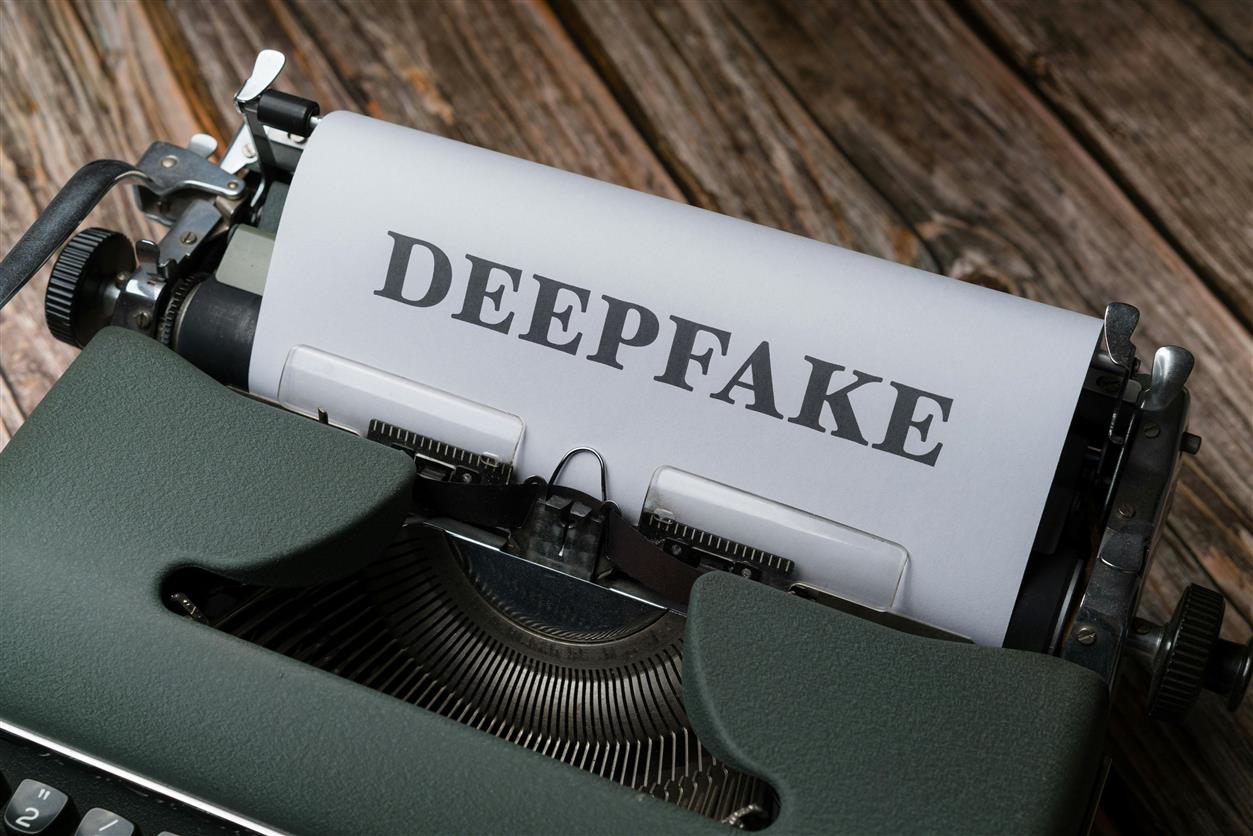
In recent years, few digital tools have stirred as much fascination and fear as deepfake technology. What started as an intriguing method of face-swapping in entertainment has grown into a powerful, and often problematic, tool capable of manipulating video and audio in ways that challenge our grasp on truth itself. With deepfakes becoming more convincing, accessible, and difficult to detect, society finds itself in a moral and legal tangle.
The debate is no longer just about technology—it’s about identity, trust, consent, and the fragile line between reality and fiction in the digital age.

Understanding the Mechanics
Deepfakes are created using artificial intelligence, particularly a method called “deep learning,” where neural networks are trained on large datasets of audio and video to replicate a person’s voice, facial expressions, or movements. By mapping facial features frame by frame and generating new visual content, creators can superimpose one person’s likeness onto another’s body or script.
While early examples were crude and clearly doctored, today’s deepfakes can be almost indistinguishable from real footage. High-profile impersonations of public figures—from politicians to celebrities—have circulated widely, some crafted for satire, others with more malicious intent.
The Good, the Bad, and the Deeply Problematic
Deepfake technology isn’t inherently harmful. In entertainment, it offers compelling applications: de-aging actors, resurrecting deceased performers for unfinished scenes, or dubbing films across languages without losing facial realism. In education and historical media, it can help bring archival footage to life, offering more engaging experiences for learners and viewers.
But these potential benefits are quickly overshadowed by the technology’s darker uses.
1. Misinformation and Political Manipulation
Deepfakes could amplify the already widespread problem of disinformation. In an era where a video clip can go viral in minutes, even a brief, misleading deepfake can shape public opinion, disrupt elections, or escalate international tensions. Worse still, once a fake is revealed, it can be weaponized to cast doubt on authentic footage—a phenomenon known as the “liar’s dividend.” In essence, the more deepfakes circulate, the less trust people may place in real visual evidence.
2. Non-consensual Pornography
Perhaps the most disturbing and widespread misuse of deepfakes is the creation of non-consensual explicit videos. Using a handful of publicly available images, bad actors can fabricate adult content featuring individuals—often women—who never consented or even knew they were being used. Victims face reputational harm, emotional trauma, and an uphill legal battle, as laws in many jurisdictions lag behind the technology.
3. Identity Theft and Fraud
With deepfakes, impersonating someone isn’t limited to hacking their email or social media. A convincing audio clip mimicking a CEO’s voice, for instance, could instruct an employee to transfer funds. Similar scams have already occurred. As these tools become more refined, the line between impersonation and identity theft gets blurrier.
The Legal Lag
The rapid evolution of deepfake technology has left lawmakers scrambling. In many countries, current regulations don’t fully address synthetic media. While some jurisdictions have introduced legislation targeting non-consensual deepfake pornography or political misinformation, enforcement remains uneven.
For instance, in the U.S., a patchwork of state laws deals with different aspects of deepfakes—some criminalizing specific uses like revenge porn, others requiring disclosures when AI-generated content is used in political ads. At the federal level, attempts to regulate deepfakes have made slow progress, partly due to free speech concerns.
The key challenge is crafting laws that target harmful intent without stifling creativity or technological progress. That balance is difficult to achieve in a world where a deepfake can be both art and weapon, parody and propaganda.
Ethical Responsibility in the Digital Age
Beyond legal frameworks, there’s a broader ethical conversation that needs to happen. Who is responsible when a deepfake causes harm? The creator? The platform that hosts it? The developer of the tools?
Social media platforms have introduced content policies and AI tools to detect and label manipulated media, but enforcement is inconsistent. Open-source deepfake tools are freely available online, often with little oversight. Some argue that developers have a moral obligation to restrict access or build in safeguards. Others say that responsibility should lie with users and society at large to use tools wisely.
Another ethical dimension involves consent. Using someone’s likeness—especially without their approval—raises serious concerns about agency and dignity. In real life, impersonating someone is often frowned upon; online, it can happen at scale and at speed, with little consequence for the impersonator and devastating results for the impersonated.
The Role of Public Awareness
Part of managing deepfake risks lies in improving digital literacy. As manipulated media becomes more common, the public must become more skeptical viewers. Teaching people how to question visual evidence, verify sources, and think critically about what they see and hear online is vital.
Technology can also help. Researchers are developing detection tools that analyze videos for telltale signs of manipulation—such as unnatural blinking, inconsistent lighting, or artifacts around the mouth. But in the arms race between creation and detection, the advantage may shift constantly.

Looking Ahead
The deepfake dilemma isn’t going away. As synthetic media becomes more realistic and widespread, society will need to adapt in multiple ways: legally, culturally, and technologically. Artists and technologists will need to tread carefully, weighing creative freedom against potential harm. Platforms will need to take a more proactive stance in identifying and flagging fakes. And individuals must develop a more cautious relationship with digital content.
Ultimately, the threat of deepfakes is not just about deception—it’s about trust. If we reach a point where video evidence no longer holds weight, we risk undermining key institutions: journalism, justice systems, and even democracy itself.
Deepfakes may offer new storytelling tools and creative possibilities, but they also force us to confront an age-old question in a new light: What does it mean to know something is true?
The answer, increasingly, may depend not on what we see, but on what we choose to believe.






